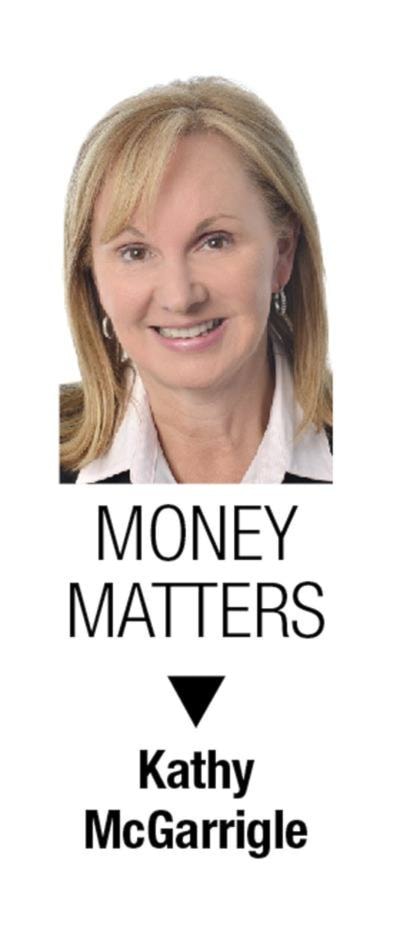It’s the start of a brand new year and the flurry of holiday season activities has been replaced with the occasional snow flurry. It’s time to settle in and look forward to what the next 12 months will bring. As you think ahead, don’t forget to take the time to review your personal finances in 2015 and outline some plans for achieving greater financial well-being in 2016.
In case you’re wondering if the time spent making financial plans will make any difference, a three-year study by the Financial Planning Standards Council found that those who engage in financial planning experience higher financial and emotional well-being than those who do no planning. And given that household debt in Canada is at unprecedented levels – with the average Canadian owing $1.65 for every dollar earned – there has never been a better time to make financial planning a priority.
So, with that in mind, here are five steps you can take to start the year on the right financial foot.
Assess your financial state
Before January is in full swing, carve some time out to evaluate your financial performance in 2015 (if you’re married, you’ll want to do this with your spouse).
First, grab a calculator and gather all financial records from the year, including savings and chequing account statements, credit card statements, investments statements, and mortgage balances. Some of these may be statements you received in the year but stuffed away without reviewing them because of busy schedules. If you haven’t recently checked this, include your credit reports as well, which can be obtained from www.transunion.ca or www.equifax.ca
As you go through the records, ask yourself several questions. Does anything surprise you? Is there anything you regret spending money on last year? Are you spending on average more each month than you earn? On average, how much did you put towards savings each month? How much did you pay in credit card interest in 2015? How did any investments do compared to previous years? Write down key observations before moving to the next steps.
Set broad goals for your finances
Based on what you discover during your review, identify two to five goals that would help improve your finances in 2016. Target the areas that surprised you the most that you can change for the better.
For example, if your average expenses were well over your household income, you may want to focus on this. Perhaps your savings and investment (retirement or children’s education) commitments caught your attention and you would like to see a boost here. Or maybe you noticed you paid way too much in credit card interest. If you’re married, determine these key goals with your spouse.
Create an action plan to support your goals
Now that you know where you’re going (your goals), think of some small, but consistent steps you can take in order to get there. This is your action plan for 2016. While your goals are broad, your action plan needs to be as specific as possible. This includes developing a budget for the coming year. Based on your known or expected household income, allocate monthly spending amounts to recurring financial needs and obligations, as well as personal financial priorities such as RRSPs and RESPs.
Remember to set aside amounts for debt repayment and savings, if these are part of your improvement plan. To do this, you may need to temporarily reduce spending in areas such as entertainment, recreation, eating out, and discretionary shopping. By clearly committing an amount in your budget to areas where you’ve overspend in the past, you will be able to exercise much greater control over unproductive spending habits.
Check in with your financial advisor
As a final but important step, consider setting up an appointment to meet with a financial advisor early in the new year. This review may lead to changes or additions to your goals as you discuss strategies and opportunities.
For example, financial institutions like Coast Capital Saving Savings offer a proprietary Money Chat that can highlight ways to manage, save, grow, and protect your money in the coming year. Be open to new ideas and look for ways to incorporate them into your action plan.
As we kick off 2016, I hope you take the time to get the big picture on your personal finances and enjoy the peace of mind that comes from understanding what you need to achieve financial well-being. I wish you a happy and prosperous new year.
Kathy McGarrigle is Chief Operating Officer for Coast Capital Savings (www.coastcapitalsavings.com), Canada’s largest credit union by membership.
